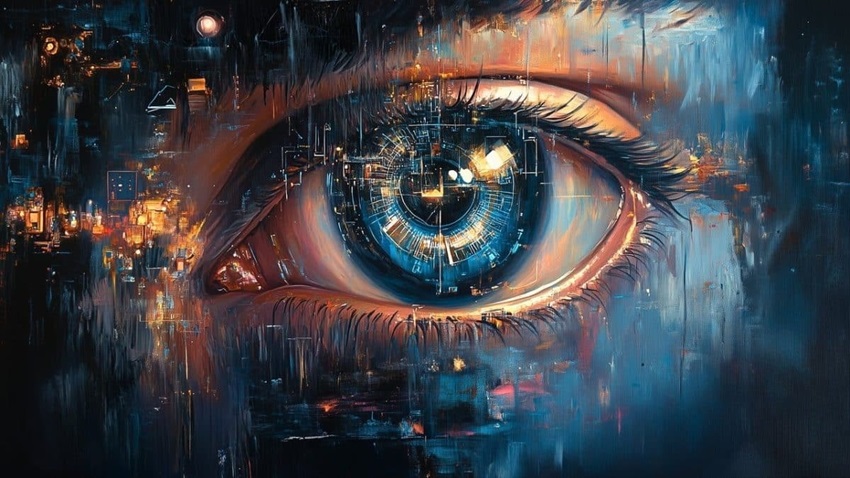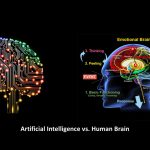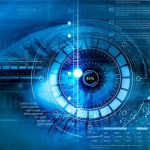In recent years, artificial intelligence (AI) has made astounding leaps in areas ranging from language understanding to robotics. Among the most fascinating innovations is DALL·E, a deep learning model developed by OpenAI that can generate images from textual descriptions — essentially transforming words into vivid, often stunning, visuals. 🌟
Let’s delve into the magic behind DALL·E, how it works, its potential, real-world applications, and what the future holds for AI-generated art. 🎭🖌️
What Is DALL·E? 🤔🖼️
DALL·E is an AI model that generates images based on text prompts, like “an astronaut riding a horse in a futuristic city.” It’s a multimodal neural network, meaning it understands and processes both text and image data.
The name “DALL·E” is a playful combination of Salvador Dalí, the surrealist artist, and WALL·E, the Pixar robot — a fitting fusion that represents creativity and intelligent automation.
DALL·E uses the same underlying principles as GPT (like the one you’re talking to!), particularly the transformer architecture, but instead of generating text, it generates pixels and images. 🧩🎨
How Does DALL·E Work? 🔍📐
At its core, DALL·E is trained on a massive dataset of images paired with text captions. Using this data, it learns the relationships between language and visual concepts. When you input a prompt, such as “a cat made of sushi,” DALL·E interprets the words and assembles an image based on learned patterns. 🐱🍣
The key components behind DALL·E’s functionality include:
1. CLIP (Contrastive Language–Image Pretraining) 🧠📸
CLIP is used to understand the relationship between text and images. It ranks how well a generated image matches a text description. This helps refine results and ensure coherence between prompt and image.
2. Transformers ⚙️🗂️
Transformers are a type of neural network especially good at sequence prediction. DALL·E uses them to predict what an image should look like given a sentence.
3. Image Tokenization 🧩🖼️
Images are broken down into small pieces called “tokens,” similar to how text is broken into words. This allows the model to generate complex images piece-by-piece.
What Can DALL·E Do? 🌈🔥
DALL·E’s capabilities are nothing short of magical. Here are some things it can generate:
-
Surreal and imaginative scenes — like a “snail made of harp strings” 🐌🎶
-
Photorealistic portraits based on vague descriptions 🧑📷
-
Product design mockups, like “a futuristic toaster” 🔌🍞
-
Art styles mimicry, like “a landscape in Van Gogh’s style” 🌻🖼️
DALL·E 2, the updated version, improves image resolution and realism. It even allows inpainting — editing parts of images to add or remove elements intelligently. ✏️✨
Real-World Applications of DALL·E 🌍💼
While DALL·E might seem like a toy for artists, its applications are far-reaching:
🎨 Creative Industries
Graphic designers and digital artists can use DALL·E to brainstorm ideas, produce mockups, or create unique visuals for marketing.
📰 Media & Publishing
Journalists can quickly generate illustrations for articles, especially when stock images aren’t available.
🧠 Education & Training
Teachers and educators can create visual aids for lessons or custom illustrations for books.
🛍️ E-commerce & Advertising
Brands can prototype product ideas or generate ad creatives without hiring a design team.
👨💻 Software & UI/UX Design
Developers can generate concept art or UI ideas based on written specs.
Ethical Concerns and Limitations ⚠️🧭
As with any powerful technology, DALL·E raises important ethical questions:
-
Bias in generated content: Since it learns from the internet, it can replicate stereotypes or offensive imagery.
-
Misinformation: Realistic image generation could be used to create misleading visuals or fake news.
-
Copyright issues: Generated art may unintentionally resemble copyrighted styles or work.
OpenAI has introduced guardrails and filters to mitigate these risks, including rejecting prompts that could produce harmful content. Still, responsible use is crucial. 🛡️🔐
The Future of AI-Generated Art 🚀🖌️
The field of generative AI is advancing rapidly. Tools like DALL·E are part of a broader movement that’s blurring the lines between human creativity and machine intelligence.
In the future, we might see:
-
3D model generation from text
-
Interactive storytelling with dynamic visuals
-
Collaborative art tools that combine human and AI input
-
Personalized virtual environments based on your mood or preferences
As AI gets smarter, the tools become more accessible, empowering more people — not just artists or developers — to create.
Conclusion: Art Meets AI 🎭🤝🤖
DALL·E is a stunning example of how artificial intelligence can inspire creativity. From outlandish dreamscapes to photorealistic mockups, it’s giving shape to imagination like never before.
While it’s not without its concerns, the technology holds incredible promise for art, education, business, and beyond. As we continue to explore its possibilities, one thing’s clear: the canvas of the future is digital, intelligent, and limitless. 🖥️🧑🎨💡


